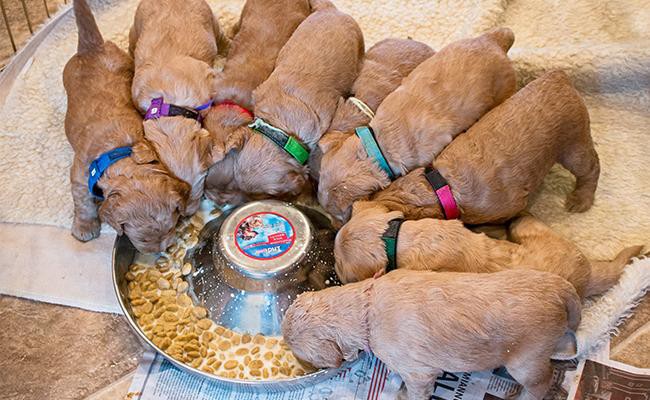
Although there is no treatment, a carefully managed diet and exercise regime can ensure that obesity does not become a problem. This results in the dogs having an increased appetite and being markedly more food motivated. It also affects their Flat-coated Retriever relatives. Obesity and pica are particular problems for Labrador Retrievers -they are known for their voracious appetites and are notorious sock eaters!Ī 2016 research project identified a pro-opiomelanocortin (POMC) gene mutation that occurs in approximately 25% of Labradors Retrievers. Pro-opiomelanocortin (POMC) gene mutation It causes gastrointestinal problems, weight loss, and an increase in appetite.


Various conditions can cause pica and polyphagia-some more serious than others. It invariably indicates an underlying medical issue. Polyphagia is the term used when a dog suddenly seems ravenous all of the time, and this increased appetite will often result in a dog developing a pica habit. Chewing on things like socks, stones, and wood is common in dogs that need additional environmental enrichment. If your dog is not getting enough exercise, attention, and mental stimulation, they can seek their own entertainment. Things like panting, pacing, obsessive licking, and being unusually withdrawn are common indicators. Ask yourself if there have been any changes in your dog’s routine that could have triggered the stress, and look out for other signs of anxiety. Like humans, dogs that are suffering from a heightened state of anxiety can develop compulsive behaviors as a coping method-one of these is pica. With appropriate management, training, redirection, and time, thankfully, most puppies grow out of this phase. They may also want to chew on things to soothe their gums during their teething phase. You have no doubt heard the term “puppy-proofing the home”, and this is because young dogs are notorious for putting unexpected items in their mouths-it’s a natural part of their neurosensory exploration. Understanding more about why dogs eat things you wouldn’t expect can help you recognize when veterinary intervention or additional training, management, or enrichment are beneficial.

When your dog is obsessively eating things they shouldn’t, this is often a sign of an underlying medical condition or a compulsive behavioral problem. Some dogs may focus on one type of object, and others may eat a wide variety of things. The types of things a dog with pica will eat are wide-ranging and include stones, paper, socks, wood, and plastic. Pica is an overarching term for the regular consumption of non-nutritional items. Others can cause stomach upsets, dental problems, and, more worryingly, life-threatening gastrointestinal blockages or poisoning. Some of these “weird” things are not usually problematic for your dog to consume in small quantities (grass is a good example). Has your dog ever eaten something they shouldn’t have? You’re certainly not alone! Although some of the things dogs eat are surprising to us, often they are instinctively appealing to them.


 0 kommentar(er)
0 kommentar(er)
